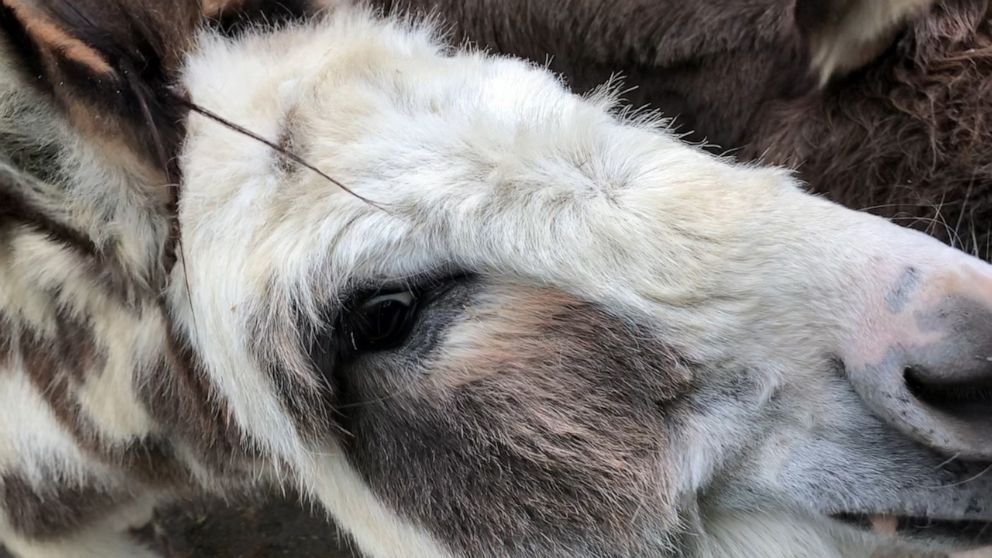Life under COVID-19 for the animals and zookeepers at the Maryland Zoo
The macaws are louder, and the chimps miss the hand-feeding.
The animal carousel normally known for its musical medley is eerily quiet, but the macaws are louder. The gift shop’s windows are tightly shut, its fluffy stuffed toys locked behind the glass. The chimps aren't sure they're getting the usual amount of food. And the sidewalks, usually swarming with guests of all ages, are empty save for the few essential staff walking between enclosures.
The Maryland Zoo has been been closed since March 16, and while it’s business as normal for the team of keepers and medical staff who manage the 200-plus species, some animals are starting to feel the effects of the COVID-19 pandemic.
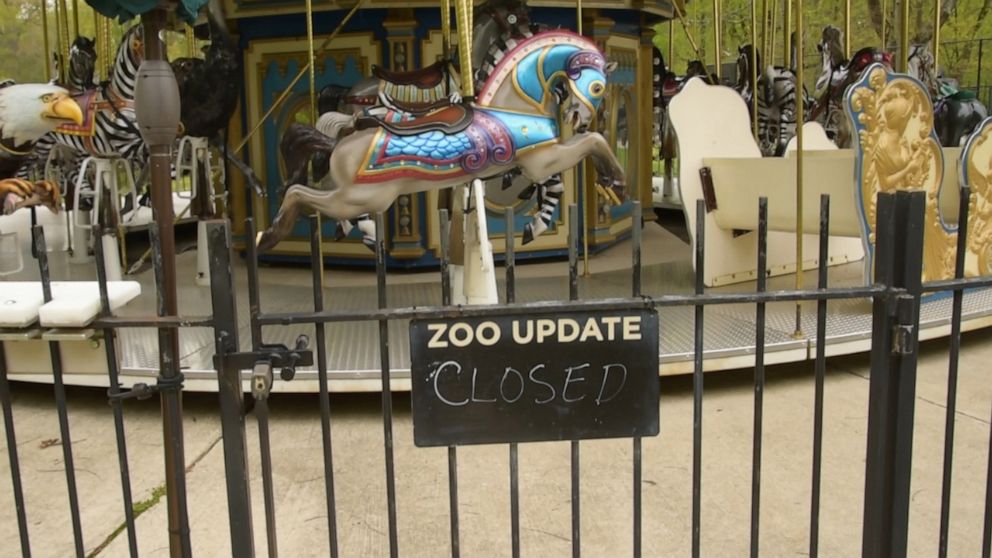
The chimpanzees, for example, are usually fed by hand via their keepers. But the zoo staff made the decision to start distancing themselves from the animals and are therefore no longer hand-feeding the primates, but rather scattering the food throughout their enclosures. The chimpanzees have noticed the difference, and some keepers jokingly say the chimps are convinced they’re not getting as much food as they used to.
"The chimpanzees in particular are very intelligent animals. They're one of our closest related ancestors," said Andrew Young, the commissary manager who is in charge of the animals’ diets across the zoo.
"So I definitely could believe that they think they're getting less, but I can 100% assure you, they are getting the same amount of food," he added, chuckling.
Young and his team have taken some precautions though. At the end of January, as the increase in coronavirus cases began to climb, Young was concerned about possible disruptions in the supply chain, so he started to stock up on foods with a long shelf life, like frozen meats, frozen fish and grains. But some items that keepers use for animal enrichment, like fresh produce and white bread, can’t be stocked up in advance. The challenge of keeping these items in supply is starting to weigh on the commissary team.
"It keeps me awake a little more than it probably should," Young said. Even the white bread the keepers use to positively reinforce behaviors is becoming harder to find. Young admitted he’s bought bread loaves at his local supermarket when he finds them.
"But if somebody walks out of a grocery store with 100 loaves of bread right now, that's gonna really turn some heads," he said, adding that the zoo’s elephants go through 10 loaves of bread a day.
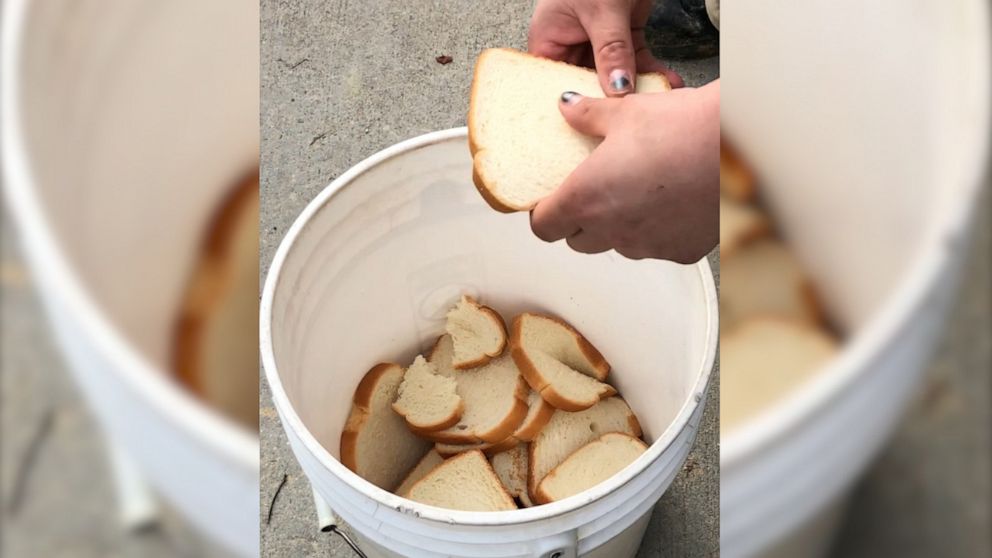
While Young’s team has been busy managing the animals’ diets, the zoo’s veterinary staff has been working around the clock to find innovative ways to care for sick animals.
Prior to COVID-19, the vet team spent 50% of its time doing preventative care or elective treatments, while the remainder was caring for sick animals. But according to Dr. Ellen Bronson, senior director of animal health, the medical staff has been forced to cancel or postpone as many routine exams as possible -- from yearly checkups to vaccinations.
But not everything can be cancelled or postponed.
"We have to vaccinate some of the birds for West Nile virus because the mosquitoes are going to come whether there's COVID-19 or not, and [the mosquitoes] carry West Nile to our birds," said Dr. Bronson.
A smaller medical team
Part of the reason for the postponements, explained Bronson, is an effort to mediate contamination risks. To do so, the medical staff has shrunk significantly -- from 11 team members down to three or four.
"But part of that is actually so that we can reserve supplies for the human health care," added Bronson. At the start of the pandemic, the zoo realized it had extra surgical masks on hand and decided to donate more than 6,000 of them to Johns Hopkins Medicine. Since then, the team has taken stock of their other supplies like shoe covers and surgical gowns, and are gathering them to be donated as well.
Bronson’s vet staff are finding innovative ways to still practice medicine, though. Recognizing that animals do not have latex allergies, the vet team has started using latex gloves to work with the animals, which leaves the non-latex gloves for human use. And rather than use surgical-grade masks, the doctors elected to use homemade masks donated by the zoo’s large volunteer network. The mask patterns run the gamut – from ones covered in spider designs, to whatever scrap fabric someone had in their homes. The volunteers quickly realized that despite a surplus in material, they were short on one key ingredient: elastic.
"We basically sent out a plea to everyone at the zoo: If anyone had elastics sitting at home and their sewing kits, to send it to us. I actually had my mom empty her sewing kit and she sent me a package with just elastic," Dr. Bronson said.
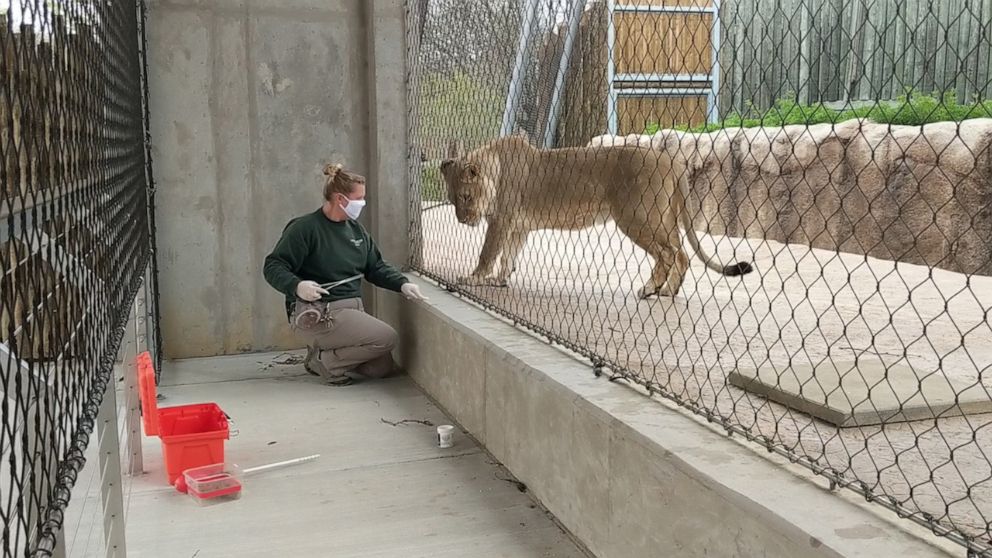
"So we were able to use little pieces of plastic here and there, and we now [have] two homemade masks apiece," she continued.
The doctors are also being cautious about anesthesia they’re using with regard to specific species. They don't want to use drugs that people may need, and they're not certain if all the drugs will be available in a few months.
Exercising caution
"For example, one of the drugs that is used often for people [during surgery] is a drug that we use to anesthetize snakes and turtles with," said Dr. Bronson.
"We don't have a lot of other options, so we're just trying to be careful and save it for our snakes and turtles and not use it on other animals like chimpanzees, who we have more options for because they're more like a human," she added.
Even veterinary school students are feeling the effects. Normally, the vet staff has an intern as part of its team to help with research and take care of the animals in the hospital. But since the COVID-19 pandemic, all medical rotations at the zoo have stopped.
"Something we feel really strongly about is mentoring the next generation of zoo veterinarians, so it's unfortunate that it has had to be canceled," said Bronson.
"But it’s similar to kids in school; they're all missing out on those opportunities right now. So hopefully we can start that up pretty soon," she said.
The Maryland Zoo costs approximately $40,000 a day to operate. On a normal weekday in the spring, the Baltimore-based attraction usually sees 3,500 visitors, which brings in a significant portion of the zoo’s budget. Zoo executives are understandably concerned about the lost revenue of admission tickets, membership sales and special springtime events.
Animals miss the attention of visitors
Some departments, like the animal ambassadors, are particularly dependent on the public. Julie Grove, the Animal Embassy area manager, explained that her group’s animals – which include reptiles, small mammals and birds – are regularly handled by dozens of people at zoo educational programs and people at retirement homes, and some animals are protesting the change.
"We [just] can't provide the attention that maybe 15 people handling them a day would," said Grove, so some animals, like their macaw, are getting a little louder.
"I don't want to call it a scream," Grove said, "but his vocalizations have gotten a little louder to kind of get our attention. … We [also] have an African grey parrot, [and] if we are busy or we're not in the same room, we’ll hear that she just whistled in the background, or will hear her calling her name, and just different things [like that] to get our attention."
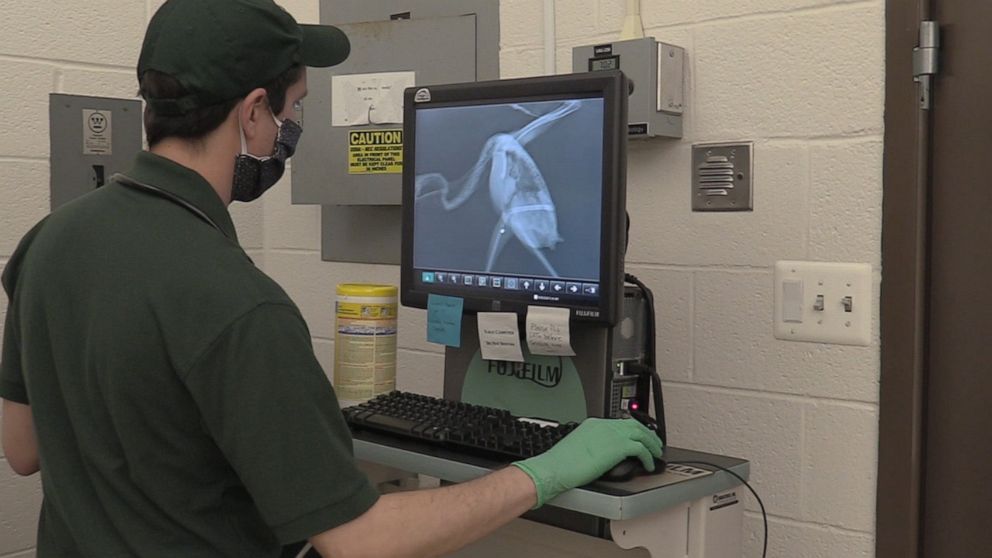
Some of the bigger animals are eager for attention, also.
"They're used to people being around all the time, so I have heard some stories [from keepers] where the lions might be coming up to the window anytime a person walks by, maybe kind of seeking that attention," explained Grove. It’s not just less visitors though -- it’s fewer zoo staff than normal, too.
Currently, all zoo staff work on non-overlapping schedules in an effort to limit cross-exposure. Zoo meetings have moved from conference rooms on site, to virtual spaces online. Employees are working longer days -- 10 hours -- and only four days a week.
But there is a silver lining: Longer days without visitors means more time spent with the animals.
"Just to stop and watch your animal ... it’s [something that is] so important in being a zookeeper and something that we [can sometimes] take for granted," said Grove.
Still, the staff, including Bronson, are eager for the zoo’s doors to open again.
"We are working with the state to make sure that [the] timing is correct," said Bronson, "[but] we are very, very anxious to get the visitors back. Both the employees and the animals are definitely looking forward to having the zoo filled again."
